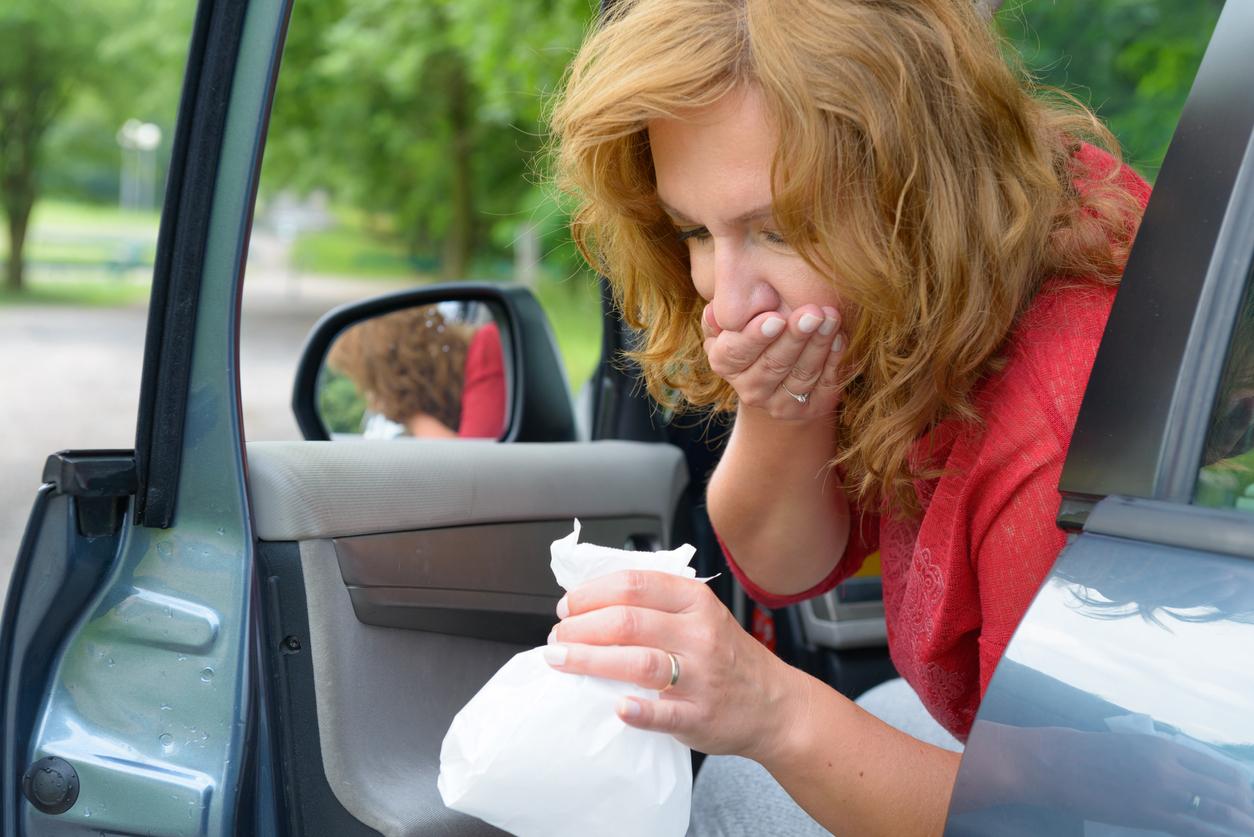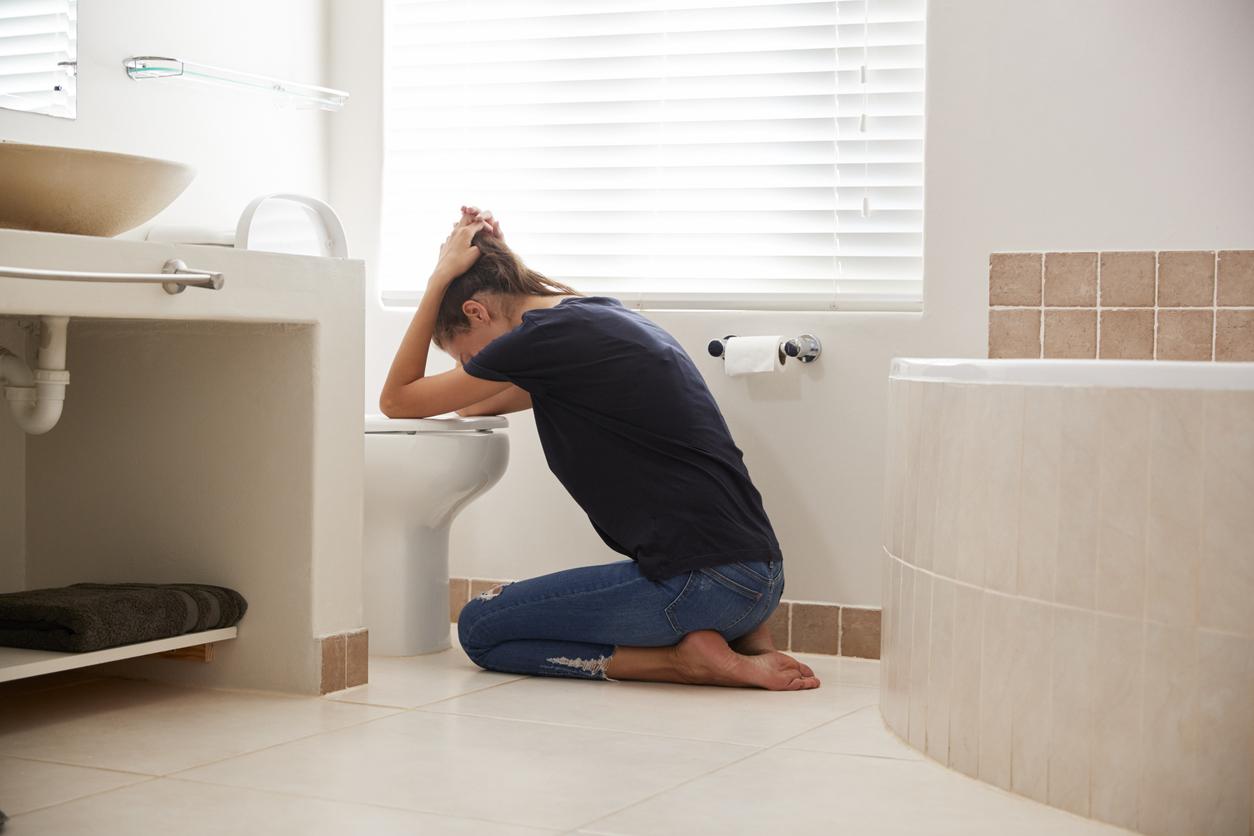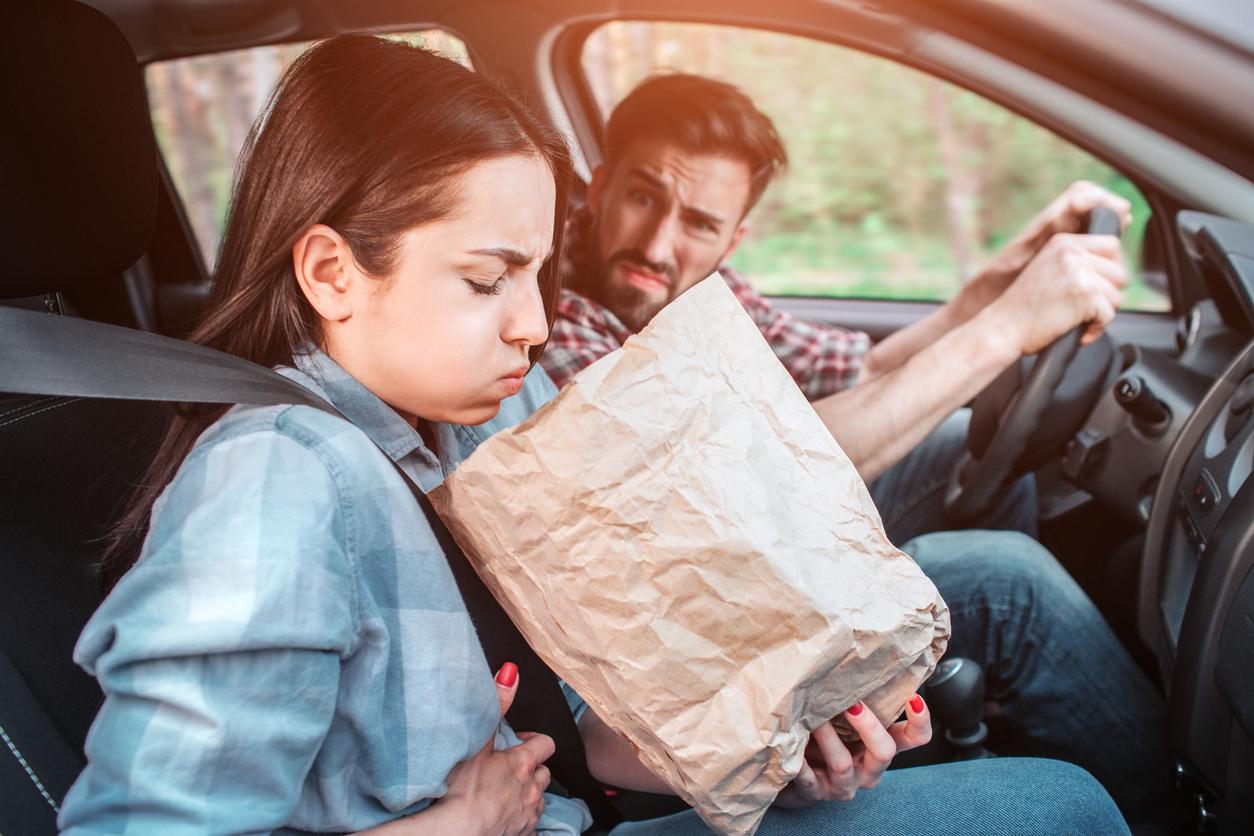Every weekend during the summer, Why Doctor offers you a series of medical stories based on clinical cases. Today, the harrowing experience of motion sickness, also known as motion sickness, a common disorder that occurs when the brain receives conflicting information about movement.

Motion sickness is often associated with traveling by car, plane, train, or boat, but can also occur in other situations, such as amusement park rides or motion simulators.
It is caused by a sensory conflict between information the brain receives from different parts of the body. For example, when you’re in a moving car, your eyes perceive passing scenery, but your inner ears (responsible for balance) detect constant motion. This sensory conflict can cause unpleasant symptoms such as nausea, dizziness, cold sweats, headaches, and general ill feeling.
“The Nauseous Journey”
Once upon a time there was a family, made up of two parents, Lisa and David, and their two children, Charlotte and Lucas. They were excited to go on vacation together and enjoy a driving adventure to a distant destination.
On the day of departure, the family prepared enthusiastically. Lisa had packed delicious snacks for the trip, while David checked the car’s tires and engine to make sure everything was in order. The children, excited to begin their adventure, came aboard with their favorite toys and books.
Nausea, dizziness and headaches
The trip began with enthusiasm. The family sang songs, played games and admired the scenery along the way. However, after a while, Charlotte began to feel uneasy. Nausea overcame her and she began to complain of dizziness and headaches. The joy of the trip quickly turned into a harrowing experience for her.
Lisa, seeing Charlotte’s condition, immediately realized that she was suffering from motion sickness. She herself had been prone to this problem as a child. She knew that the movements of the car could upset the balance of the inner ear, causing nausea and dizziness.
Stop regularly for fresh air
Worried for their daughter, Lisa and David looked for solutions to relieve Charlotte’s symptoms. They stopped regularly to get her some fresh air, stretch her legs and allow Charlotte to rest a little. Lisa encouraged Charlotte to look at the horizon rather than staring at objects inside the car, which could make symptoms worse. She also offered to chew some peppermint gum, as it could help calm the nausea.
Despite their best efforts, Charlotte continued to suffer from motion sickness during the trip. She was discouraged and felt guilty for spoiling the family fun. Lisa and David assured her that they understood and were there to support her.
Finally, after long hours on the road, the family arrived at their destination. Charlotte was relieved to get out of the car and find stable ground under her feet. The nausea and dizziness gradually subsided, allowing Charlotte to fully enjoy her vacation.
Lisa and David learned from this experience. They decided to adopt additional precautions for future road trips, including avoiding large meals before departure, ensuring good ventilation in the car.
Over time, with the careful guidance and care of her parents, Charlotte learned to manage and lessen the symptoms of motion sickness. Every road trip became a little easier for her, allowing her to fully enjoy family adventures.
The Doctor’s Debrief
– Motion sickness… 1 out of three French people
Don’t be surprised by car sick people. One in three people suffer from it at least once in their life. The holidays of three million French people are ruined by motion sickness, but there are solutions.
Some people are more susceptible to motion sickness than others. Children ages 2 to 12, pregnant women, people prone to migraines, and those with a family history of motion sickness are more likely to be affected.
Only newborns and very old people are almost never affected. But, if you are young, fat or female, the risk is greater.
In addition, factors such as winding paths, sudden movements, hot and confined environment, as well as reading or using electronic devices while traveling can make symptoms worse.
Motion sickness comes from the inner ear where small limestone crystals analyze the balance of our body in three dimensions. The loss of horizons or sudden changes in direction disrupt these measurements. These are erroneous information which then arrives at the brain which panics.
Children are the first victims because they are often made to travel “blind” and in the past in conditions of heat, space and tobacco smoke that are difficult to bear. The cars have improved considerably, in particular with the ventilation and the space available at the back… And then the parents theoretically stopped smoking… However, screens and game consoles have increased the risk of being sick. Just like for adults traveling in the back or no longer seeing the horizon, while reading for example.
– How to prevent motion sickness
There are several strategies to prevent or alleviate motion sickness. Common measures include fixing your gaze on a fixed point on the horizon, ventilating the vehicle, avoiding heavy meals before travelling, choosing a seat near the front of a vehicle or at wing level in an aircraft.
Although motion sickness can be uncomfortable, it is usually temporary and goes away once the motion stops. With proper precautions and appropriate mitigation measures, it is possible to fully enjoy travel without being overwhelmed by this sensory disorder.
You have to eat before the trip so as not to have an empty stomach, but still reasonably. Then, don’t wait too late to offer a break and a little air. By lying down, we minimize the movements that will trigger motion sickness. And drink, sweet, from time to time during the journey. Finally, try to control your breathing by inhaling and exhaling deeply.
There really is no miracle drug. Homeopathy can be effective. In this field, there is no risk in trying and if it works, it is all profit…
The hit parade of transports that make you sick
The best is the train with less than 1% sick. The car is 3 to 5% sick against 5 to 10% for the plane, 25 to 30 for the boat and the peak of discomfort, more than 50% of nausea in space.
But the proof that the psyche is not the main explanation, the man is not the only one to suffer from motion sickness. Cat, dog, horse, cow, but also, what is more original, the fish, which in an aquarium on a boat, suffers from seasickness.















